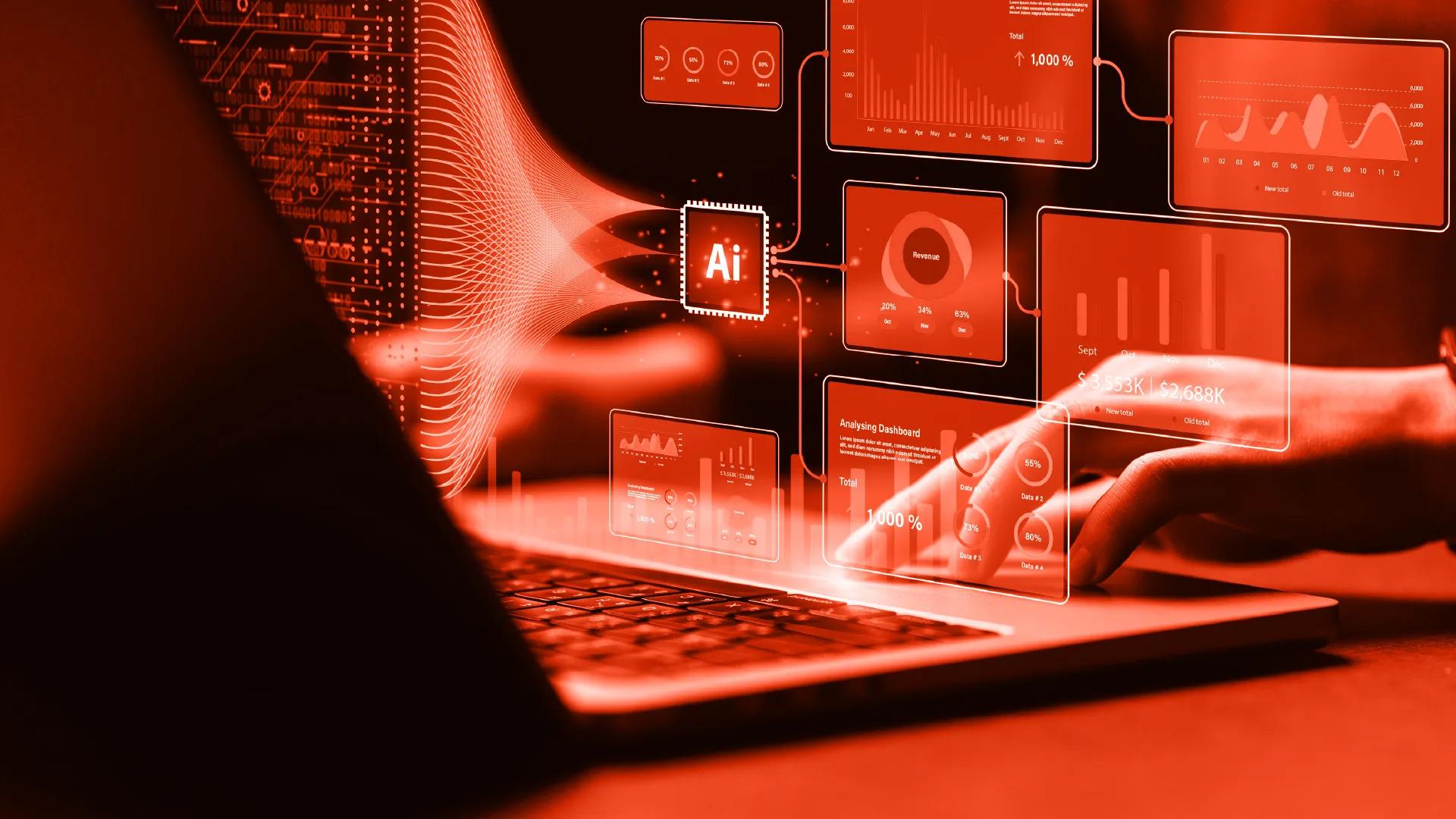In an era of complex digital infrastructure — cloud services, APIs, remote work, third-party vendors — organizations face more ways than ever for attackers to gain unauthorized access. The term attack surface refers to all of those digital touchpoints. If left unmanaged, they become risks. That’s where attack surface management products come in: tools designed to continuously discover, assess, and reduce all possible threats from your external and internal digital footprint.
Key Features of Good ASM Products
-
Automated Discovery — Finding all assets, known and unknown (e.g. subdomains, APIs, cloud services, shadow IT).
-
Frequent / Real-Time Scanning — The faster you detect exposures, the better (hourly/daily scans vs weekly).
-
Exposure Verification & Prioritization — Not all vulnerabilities are equal; good tools verify which ones are real and focus on those that pose high risk.
-
Threat Intelligence & Research Integration — To see emerging exploits, zero-days, vendor-specific vulnerabilities.
-
Continuous Monitoring & Alerts — So you can respond before attackers do.
-
User-friendly Reporting & Dashboards — Enabling your security, DevOps, risk, and leadership teams to understand risk clearly.
Top Benefits for Organizations
-
Proactive risk reduction: catching exposures before they can be exploited.
-
Time and resource savings: focusing efforts on what actually matters.
-
Better visibility of shadow IT and unknown assets.
-
Improved compliance and governance.
-
Enhanced incident response: when you’re alerted early, remediation is faster.
Searchlight Cyber’s Assetnote ASM Tool
If you’re evaluating ASM tools, one strong contender is Assetnote, part of Searchlight Cyber. Here’s what sets it apart:
-
Hourly Asset Discovery: Rather than waiting for daily or weekly scans, Assetnote scans your full attack surface every hour. This means exposure windows are minimized. Searchlight Cyber
-
Automated Asset Enrichment: It doesn’t just detect assets—it enriches data so you know version, configuration, risk level, etc. This helps verify exposures before alerting, reducing noise.
-
High-Signal Exposure Engine: The tool filters out low-relevance findings and emphasizes verified, critical exposures, including cloud misconfigurations, end-of-life software, etc.
-
Research / Zero-Day Integration: Their team actively hunts for vulnerabilities, sometimes before patches are issued, giving customers early notice and proof-of-concepts for findings.
If you want a tool that helps you stay ahead — not just reacting after exposures are discovered — Assetnote is built for that.
How to Choose the Right ASM Product
-
Align with Your Risk Profile: What kind of assets do you have? How fast is change happening?
-
Check Scanning Frequency: The shorter the cycle, the faster you respond.
-
Evaluate Quality of Alerts: Many tools generate noise — make sure verified, meaningful findings are what you see most.
-
Look for Expandability & Threat Intelligence: Zero-days, vendor research, external data sources.
-
User Interface & Collaboration: It should be easy for security teams, developers, and executives to understand and act on.
Conclusion
The attack surfaces of firms today are too large and too dynamic to be managed by ad hoc or periodic checks alone. Using a capable ASM product is no longer a “nice-to-have” but a security necessity. Tools like Searchlight Cyber’s Assetnote provide frequent discovery, verified alerts, and threat intelligence to help you stay proactive rather than reactive.

